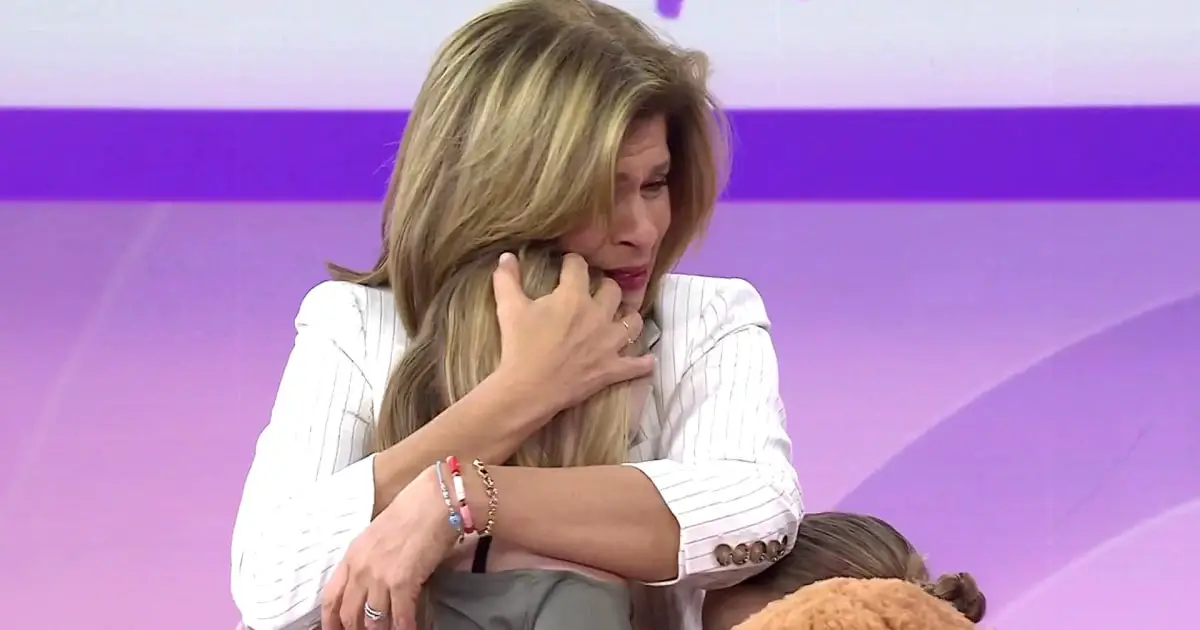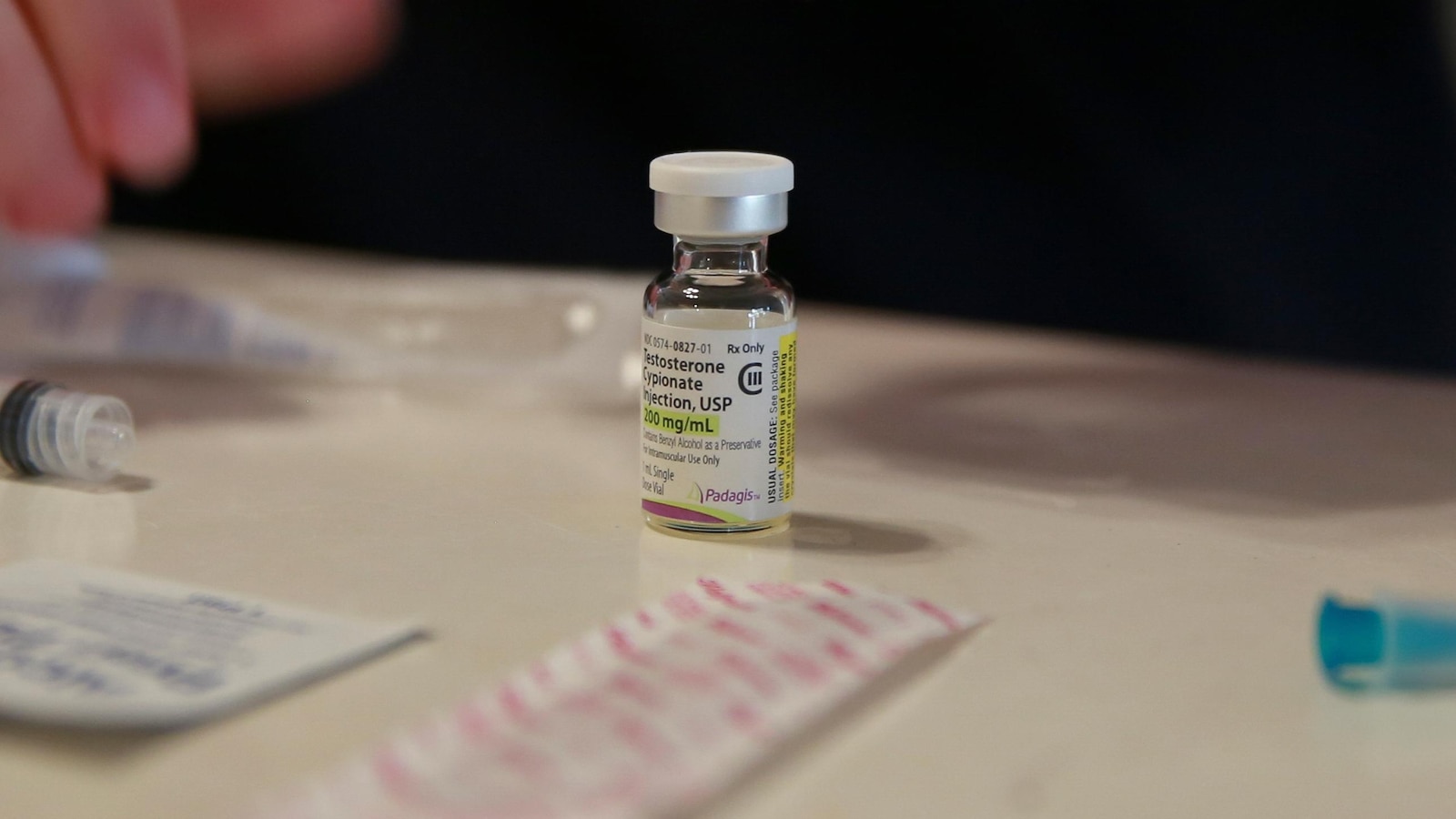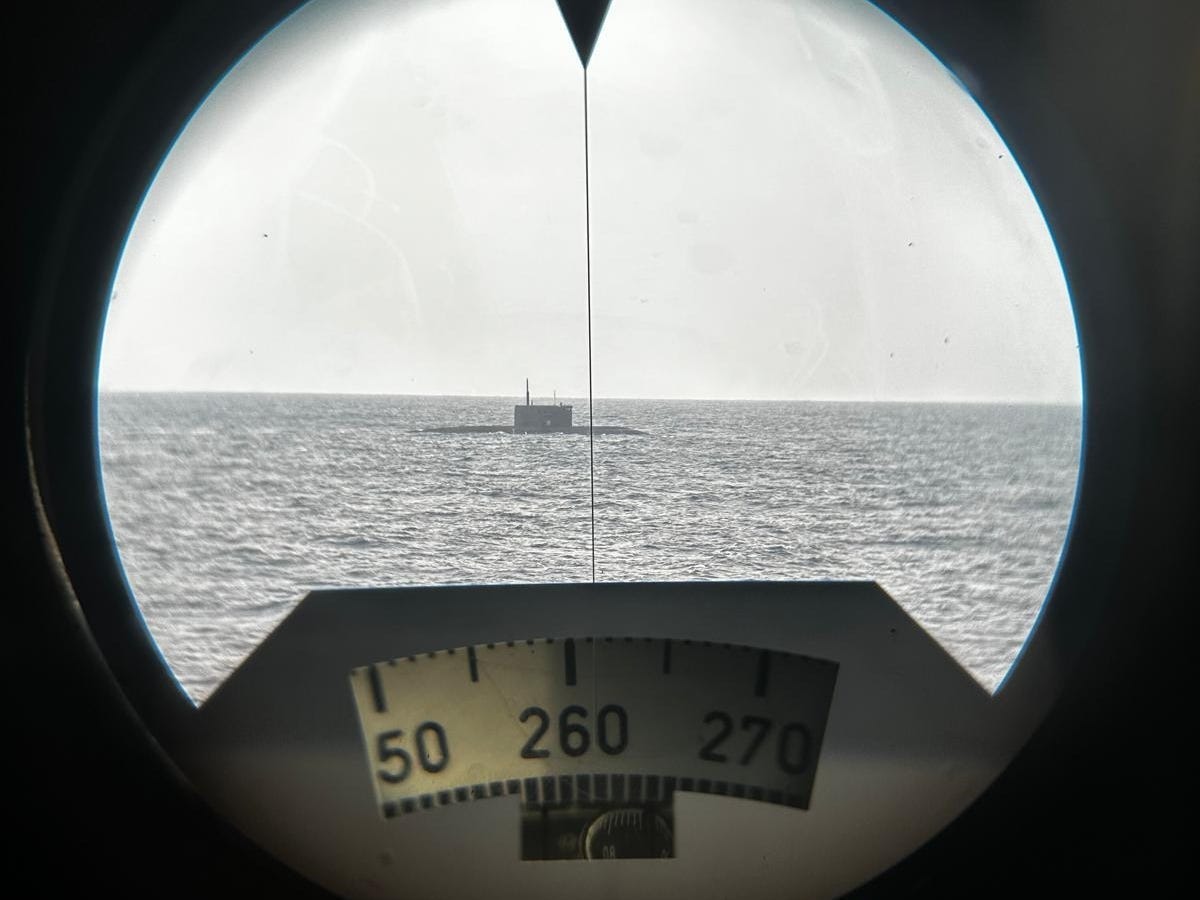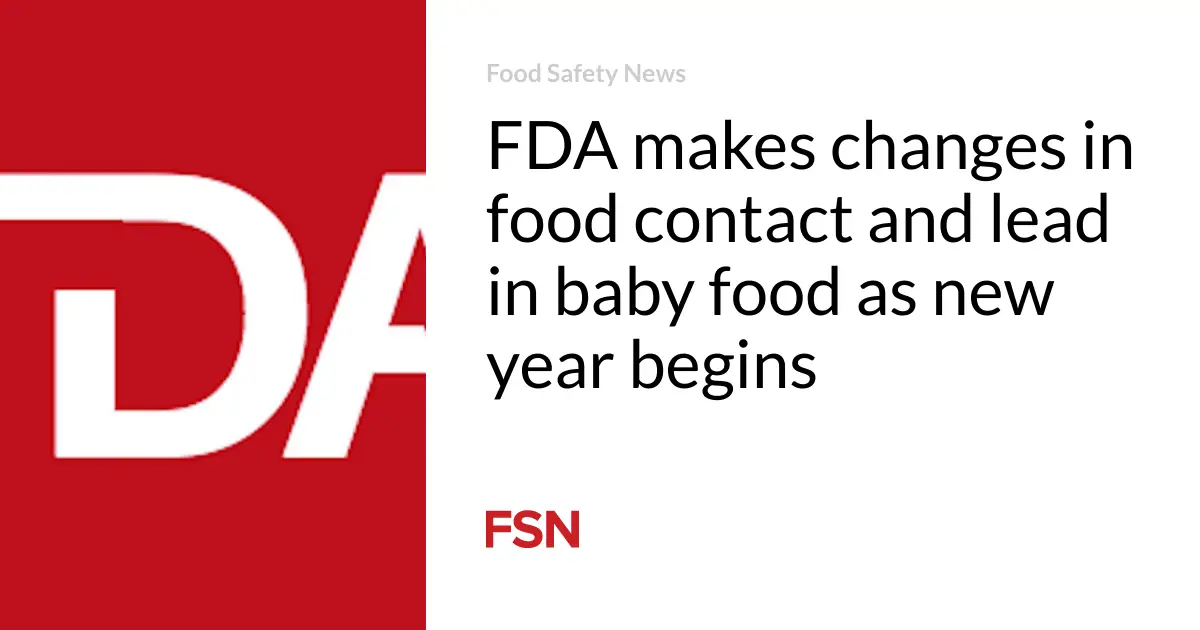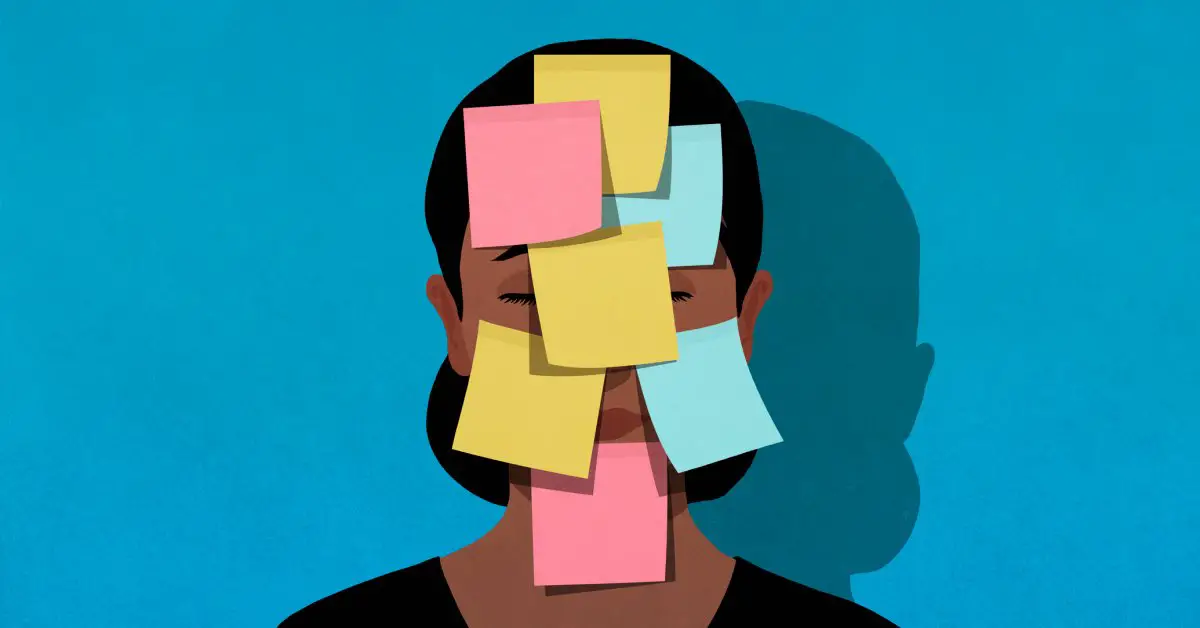
It’s easy to let high stress steal our full attention. Often, high stress leaves us vulnerable to a dysregulated, unproductive state. This means we need reliable resources we can connect to in order to renew and maintain our mental, emotional, and physical energy, and to help us recover from work stressors that, left unchecked, can make us vulnerable to burnout.
As a burnout researcher, my work has been focused on pinpointing the most reliable and effective resources people can connect to in order to protect themselves from burnout. I’ve conducted hundreds of in-depth interviews with people who experience high stress at work, but they are not burned out. From my research, I found that those who have a deep, lasting connection with their purpose and a sense that they are engaged in meaningful work are significantly less vulnerable to burnout. Yet, while having a high level of engagement with your work can protect you from burnout, being over-engaged in meaningful work can come with some potential risks.
In fact, some of the people who are at the highest risk of burnout are those who genuinely love their work and who routinely go the extra mile. This is certainly no guarantee of developing burnout, but it’s very important to be aware of the hidden downsides of devoting yourself to meaningful work and to the ways it can potentially backfire.
Perhaps the most common way is that your work life simply becomes unsustainable. Whether it’s the relentless pace, the emotional or mental intensity, the long work hours, or a scary combination of all three, becoming subsumed in your job without sufficient time to recharge can put you on the fast track to burnout.
Read More: Why We’re More Exhausted Than Ever
Researchers have noted a particular vulnerability to burnout in those in the “helping” professions, such as health care workers, social workers, clergy members, counselors, life coaches, and direct care providers. These professionals tend to be deeply purpose-driven and often prioritize the needs of others over their own. Many of them are also vulnerable to a related phenomenon known as empathic distress, a strong aversive response to others’ pain and suffering that arises when you spend a lot of time caring for those who are suffering. Empathic distress leads people to withdraw in an effort to protect themselves, resulting in avoidance, cynicism, and reduced motivation—some of the very same signs of burnout. Much the same vulnerability to burnout exists in individuals who are deeply mission-driven and who prioritize their organization’s needs and goals over their own. Educators, activists, and nonprofit employees are great examples, as are startup founders, entrepreneurs, small-business owners, and changemakers and disruptors of all stripes.
Take, for instance, Jenn Richey Nicholas, who was working for a top-tier graphic design firm on a very high-profile project that would be seen around the world. She had dreamed of being a graphic designer ever since she was in middle school and always loved the idea of being on a highly talented team where Richey Nicholas and her colleagues shared a passion for design. The firm’s reputation was riding on this project, and it had the potential to be career-defining for the entire team. Everyone was expected to work 120 hours a week or more; many people resorted to sleeping under conference tables and would only go home to shower. Richey Nicholas described how “people were dropping like flies from exhaustion,” and after one colleague passed out several times, he had to be admitted to the ER. “I was terrified I’d be ruined in the industry if I took a break,” she told me. “Fear was the only thing keeping me there.”
After months of this grueling schedule where Richey Nicholas pushed herself to her physical and mental limits, everything came to a head one day when she went to the rooftop of her office building, stood at the ledge, and thought about jumping. “I just wanted the pain to be over,” Richey Nicholas said. Her vision blurred as she stood there, and she doesn’t remember much more of the episode, except that someone took her back to the office. Incredibly, she managed to go back to work and finish the project. “Walking away was not an option,” she said. When it was finally over, she went home and slept for two weeks.
Shortly thereafter, she went to London to visit a friend who was also a graphic designer. Richey Nicholas was astonished to see that her friend and her team were working from nine to five—and her friend was astonished to hear what she had just been through. “I gained a lot of perspective on the toxicity I’d been wrapped up in,” she said. “That experience made me lose my sense of self. I felt like my body wasn’t even mine.”
But now she was awake and aware, and she wasn’t going back. “Since then,” Richey Nicholas told me, “I have built myself and my work ethic around never doing that again.” She left that firm and worked as a designer at other firms for a few years, while dreaming about launching her own business. Today she runs a successful graphic design firm committed to making a positive social and environmental impact in the world, and where mental health and overall well-being are priorities. “We rarely work more than 40 hours a week,” Richey Nicholas said. “We want to be a model for other studios. Our hope is that, one by one, firms like ours will gradually change the toxic culture of this industry.”
When you love your work and consider it a calling, or if you’re exceptionally purpose-driven and committed, your job will demand a lot of you. You can often find yourself overextended, because you’re so passionate about your cause and care so deeply about improving others’ lives, or you’re overcommitted to your organization’s mission or goals. But without sufficient periods to rest and recharge, the risk is high for exhaustion, depersonalization, and, down the line, a lack of efficacy, as you become increasingly overwhelmed and depleted.
When work becomes the central focus of our lives (for any reason)—or when our identity gets excessively wrapped up in what we do for a living—we run the risk of making too many personal sacrifices and losing sight of our own self-care, leaving us ripe for burnout.

